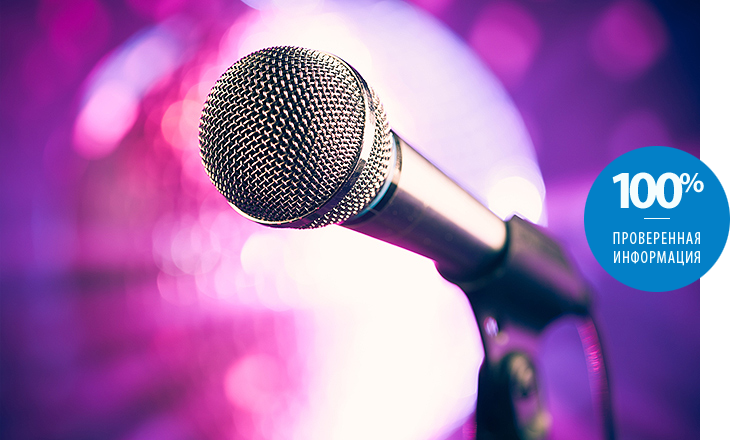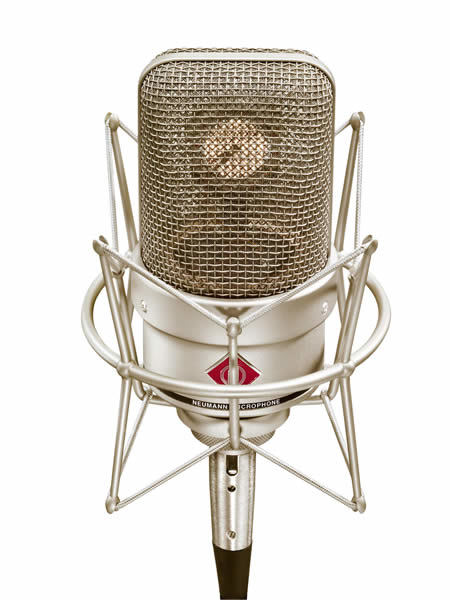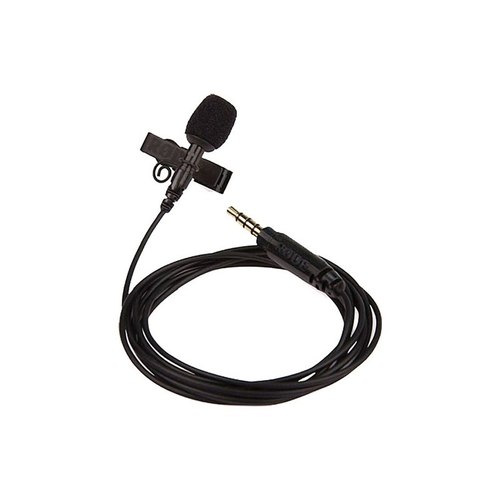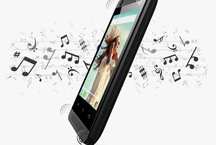
Any microphone is a device that converts the energy of sound vibrations into electrical signals in one way or another. For models of dynamic type for these purposes serves as an inductance coil, placed in a constant magnetic field, and for capacitor ones - a thin conductive diaphragm, forming a capacitive coupling with a special plate. Electret and ribbon microphones are much less common.
Main selection criteria
Before selecting the type and specific model of the device, it is necessary to determine the range of tasks in the solution of which it will take part.
Fit for quality
If the microphone is supposed to be used for further reproduction live or studio recording, it makes sense to bother with the selection of the model that is best suited for specific conditions. The situation is completely different when the audio stream being shot is digitized with compression. Any lossy format introduces irretrievable distortions in the source material, and when choosing a microphone for such purposes, it suffices to limit it to devices of the dynamic type of an average price range. With strong compression, for example, when dubbing Internet content, the cost bar can be lowered even lower.
Directional pattern
Omnidirectional devices provide uniform “all-round visibility”, which allows minimizing their number and avoiding accurate positioning. However, such microphones need to be as close as possible to the source, otherwise the sound becomes excessive spatial color.
Unidirectional devices are represented by microphones with cardioid diagrams of one of three possible types. They are able to separate the useful direct sounds from the parasitic side. Moreover, the narrower the radiation pattern, the higher the sensitivity on the back side and the stronger the cutoff of spatial sound. A special case is the microphone-gun, the selectivity of which is ensured constructively.
Bidirectional devices with a figure of eight have a smaller working angle than microphones with a hypercardioid (90 degrees versus 105). The area of their application is rather limited. Such microphones are practical for face-to-face interviews, and can also be used to record stereo signals.
Choice by appointment
When equipping a studio with equipment, you should remember that there are no universal microphones. Even to record the vocals have to pick them up, taking into account many factors, ranging from the power of voice and ending with the personal preferences of the artist. In the general case, large-diaphragm condenser-type devices are considered the most suitable option. In this case, the class of microphones should correspond to the rest of the recording equipment and vice versa.
For a concert activity, the best choice are dynamic type devices. Live performance involves the inevitable overload of various kinds and an active mechanical effect, adversely affecting the condenser microphones. On the other hand, the purity of the voice and the richness of the overtones in the atmosphere of the hall are simply lost, therefore their main advantages are irrelevant here.
A separate niche is occupied by specialized instrumental microphones. Their frequency characteristics are tailored to a specific musical instrument, which is why such devices are of little use for other purposes.The advantage here is of a dynamic type, although for removing high-frequency sounds with a large angle of attack, condenser microphones with a small diaphragm are preferable.

Photo: www.showroom.ru
Other characteristics
- Phantom power is required for the operation of the matching electronics of condenser microphones and must be provided by the input circuits of the preamplifiers or mixers.
- Amplitude frequency response reflects the sensitivity of the microphone in the working spectrum and can have both a gentle nature and a relief one. Rises and dips in certain parts of the range can improve legibility or reduce parasitic noise.
- SPL shows the level of maximum possible sound pressure, which is perceived by the microphone without distortion.
- Transient response associated with the inertia of the moving microphone system (diaphragm, ribbon) and characterizes its ability to respond to the rapid change in the sound wave.
Popular Microphone Manufacturers
The elite class among professional musicians is the company's products. Sennheiser Electronicmanufactured under the brand name Neumann. However, under his own name, this company also offers a very wide range of high-quality microphones for all imaginable applications.
In the lineup of many other worthy manufacturers there are products of a higher price segment and level of quality, and relatively inexpensive devices. Among the most respected companies should be mentioned Shure Incorporated, Audio-Technica, AKG Acoustics.
It is especially pleasant that among well-established studio microphones you can also find products from the Tula factory. OctaveFor example, the model MK-105.

Common customer mistakes
- When purchasing a cool condenser microphone, do not forget that its operation usually requires external power supply. The preamplifier or mixer to which the device is supposed to be connected must provide the supply of phantom circuits with a voltage of the appropriate level (usually 48 V). In addition, using a condenser-type studio microphone for recording in a randomly unprepared room is likely to produce a negative effect.
- You should not expect a noticeable improvement in the quality of sounding of any materials on a computer if the super-cool dynamic microphone you have chosen is connected to the connector of a sound card integrated into a PC. At a minimum, a good discrete solution of Creative Sound Blaster level or USB microphone is required.
- Choosing a device without taking into account the characteristics of the intended use, you risk wasting your money. For example, a microphone with insufficient transient response will “lubricate” the sound of instruments with a sharp attack, and a low SPL level may cause regular overloads.

